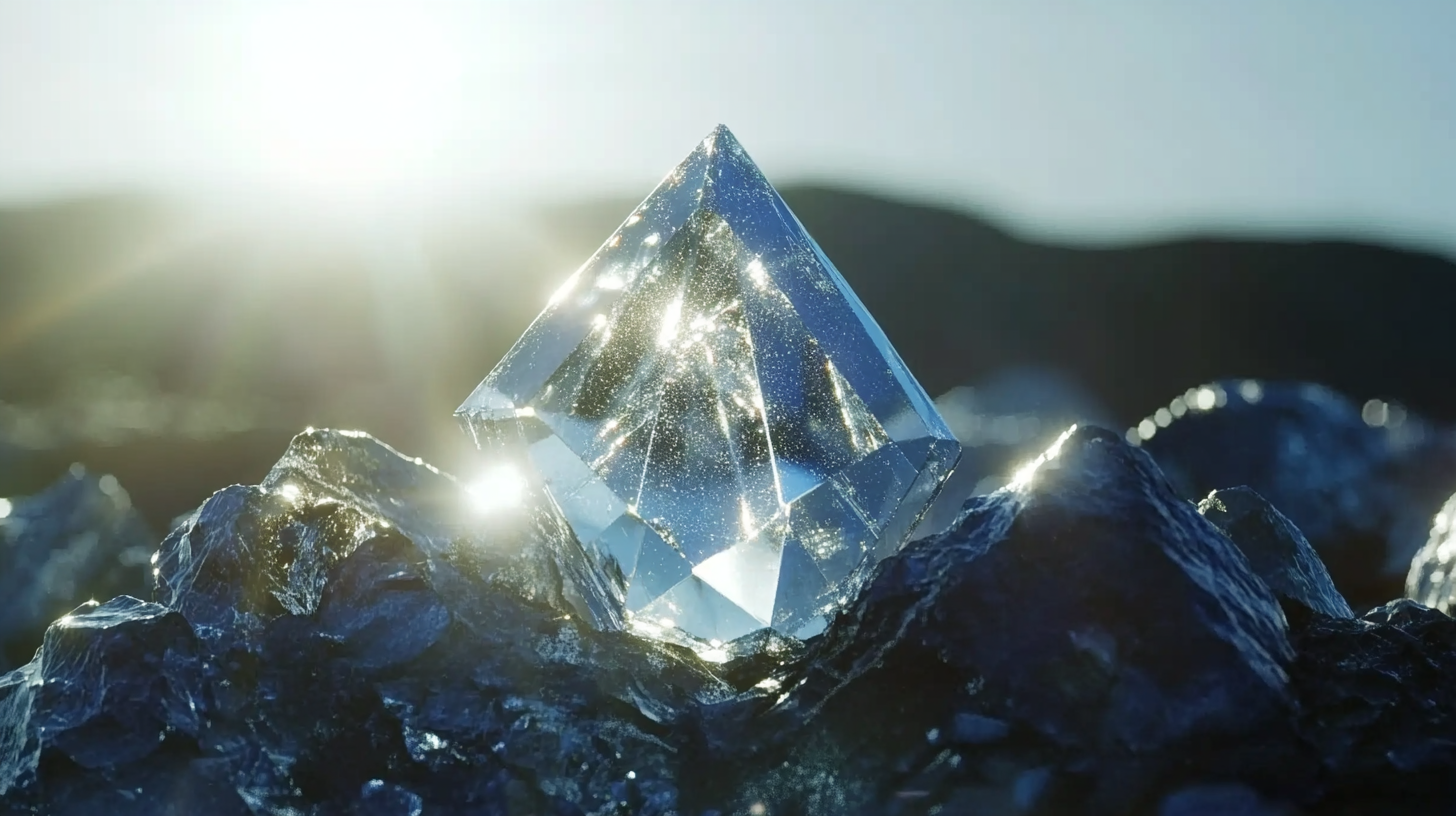Advancements in Solar Technology Setting New Industry Production Standards
In recent years, advancements in solar technology have radically transformed the landscape of renewable energy, setting new industry production standards that promise a sustainable future. As the global demand for clean energy solutions continues to rise, innovative developments in solar panels, energy storage, and efficiency metrics are enabling both commercial and residential sectors to harness sunlight more effectively than ever before. These breakthroughs not only demonstrate technological prowess but also highlight the increasing commitment of industries and governments to combat climate change through renewable resources.
The evolution of solar technology is marked by a surge in research and development aimed at enhancing energy efficiency and accessibility. Emerging trends include the integration of artificial intelligence for energy management, the expansion of flexible solar materials, and improvements in photovoltaic cell performance. As these advancements achieve commercialization, they promise to reshape the energy market, making solar energy a more reliable and economical option. This blog will delve into the latest innovations in solar technology and their implications for the industry, emphasizing how these new standards are paving the way for a greener, more sustainable planet.

Emerging Solar Cell Technologies Driving Efficiency Beyond 25%
Recent innovations in solar cell technology are breaking new ground in energy efficiency, with many emerging solutions surpassing the crucial 25% threshold. This achievement is particularly significant for the solar industry, which has long struggled with limitations in energy conversion rates. The development of multi-junction solar cells, which stack several layers of photovoltaic material, is one of the most promising advancements. By capturing a broader spectrum of sunlight, these cells can dramatically increase efficiency while reducing the need for extensive land use. Furthermore, researchers are exploring the potential of perovskite solar cells, which offer a combination of high efficiency and lower production costs. Their unique crystal structure allows for easy manipulation, enabling the development of flexible and lightweight panels that can be integrated into various surfaces, from building facades to solar fabrics. As manufacturers adopt these cutting-edge technologies, the solar market is poised to witness not just higher efficiency but also a reduction in overall costs, making renewable energy more accessible than ever before. As we look to the future, the potential of these emerging solar technologies to set new production standards is becoming increasingly clear. With ongoing research and development efforts, the path to solar cells exceeding 30% efficiency may not be far off. This progress not only represents a triumph of engineering but signifies a shift towards a more sustainable energy future, where solar power plays a pivotal role in meeting the world's energy demands.

The Role of Bifacial Panels in Increasing Energy Harvesting Efficiency
The emergence of bifacial solar panels has significantly transformed the solar energy landscape by improving energy harvesting efficiency. Recent studies indicate that bifacial perovskite solar cells can achieve extraordinary efficiencies of up to 30.3%, showcasing their potential in maximizing energy capture from both sides. These advancements underscore the increasing relevance of bifacial technology in the global push for clean energy solutions.
The integration of bifacial panels allows for enhanced power output per unit area, operating without a substantial increase in installation costs. Researchers have noted that the reflective properties of surfaces around solar installations, known as albedo, play a crucial role in optimizing overall energy production. By effectively utilizing this reflection, bifacial panels can harvest more sunlight, especially in environments with higher albedo, and thus boost their operational efficiency.
In the UK market, the solar PV module sector is entering a growth phase driven by strategic policies and market dynamics, reinforcing the significance of high-efficiency bifacial modules. Reports from industry analyses highlight that the market is poised for significant advancements, with companies at the forefront of innovation in bifacial technology leading the charge. These developments indicate a robust trajectory for solar energy efficiency standards, driven by the capabilities of bifacial systems to adapt to various environmental conditions and maximize energy capture.

Innovative Manufacturing Processes Reducing Costs by Up to 30%
The solar technology sector is witnessing a transformative wave of innovation, particularly in manufacturing processes aimed at reducing costs. Innovations such as advanced automation and precision manufacturing techniques have emerged as key players in driving down production expenses by as much as 30%. These advancements enable companies to produce solar panels more efficiently, resulting in lower prices for consumers and increased competitiveness within the industry.
One notable approach involves the integration of robotics and artificial intelligence in assembly lines, which not only enhances the speed of production but also improves the consistency and quality of solar panels. Companies are increasingly investing in these smart manufacturing solutions, recognizing the long-term financial benefits they offer. Furthermore, the shift towards sustainable materials and processes is reshaping the production landscape, minimizing waste and energy consumption, which contributes to overall cost savings.
As the industry adapts to these innovative manufacturing processes, the end goal remains clear: making solar energy accessible and affordable for a broader audience. With reduced costs, consumers are more likely to invest in solar solutions, driving demand and fostering a more sustainable energy future. This significant movement towards efficiency and cost-effectiveness signals a promising horizon for solar technology, setting new production standards that could redefine the market landscape.

Advancements in Energy Storage Solutions for Solar Systems
Recent advancements in energy storage solutions for solar systems have played a pivotal role in enhancing the overall efficiency and reliability of solar energy. With the growing demand for renewable energy sources, the integration of advanced battery technologies has become crucial. According to a report by BloombergNEF, investment in battery storage is expected to exceed $100 billion by 2030, reflecting the increasing recognition of its importance in the solar energy landscape.
One significant breakthrough in energy storage is the development of lithium-ion batteries, which offer higher energy density and longer cycle life compared to traditional lead-acid batteries. These innovations allow solar systems to store excess energy generated during peak sunlight hours for use during nights or cloudy days, improving energy availability. A study from the International Energy Agency (IEA) estimates that energy storage capacity could reach over 500 GWh by 2030, marking a substantial increase that would support greater solar adoption.
Moreover, emerging technologies such as solid-state batteries and flow batteries are garnering attention for their potential to further revolutionize energy storage. Solid-state batteries, for example, promise to deliver enhanced safety and longevity while reducing environmental impacts. According to the U.S. Department of Energy, these batteries could help lower costs and increase the viability of solar energy in both residential and commercial applications. As energy storage solutions continue to evolve, they are setting new production standards across the solar industry, paving the way for a more sustainable energy future.
Policy Impacts: How Government Initiatives Are Shaping Solar Standards
As solar technology continues to advance, the influence of government policy on energy standards is becoming increasingly significant. In the United States, state governments have emerged as crucial players in the battle against climate change. Through initiatives that prioritize renewable energy, many states are setting ambitious targets for solar adoption. These policies are not only driving investment in solar technology but also shaping the production standards that govern the industry.
One of the key mechanisms through which state policies are affecting solar standards is the National Environmental Policy Act (NEPA). NEPA requires federal agencies to rigorously assess the potential environmental impacts of their projects—an obligation that can slow down the approval process for new solar developments. However, recent efforts to streamline this siting review process may accelerate the deployment of solar projects, enabling faster compliance with evolving industry standards.
Moreover, climate policy commitments by state governments serve as a catalyst for innovation within the solar sector. These initiatives often include incentives for research and development, fostering a competitive environment that propels advancements in solar technology. As a result, solar companies are continuously refining their products and processes in response to both consumer demand and regulatory expectations. This interplay between policy and innovation not only elevates industry standards but also enhances the overall adoption of solar energy, positioning it as a key component in the U.S. energy landscape.
